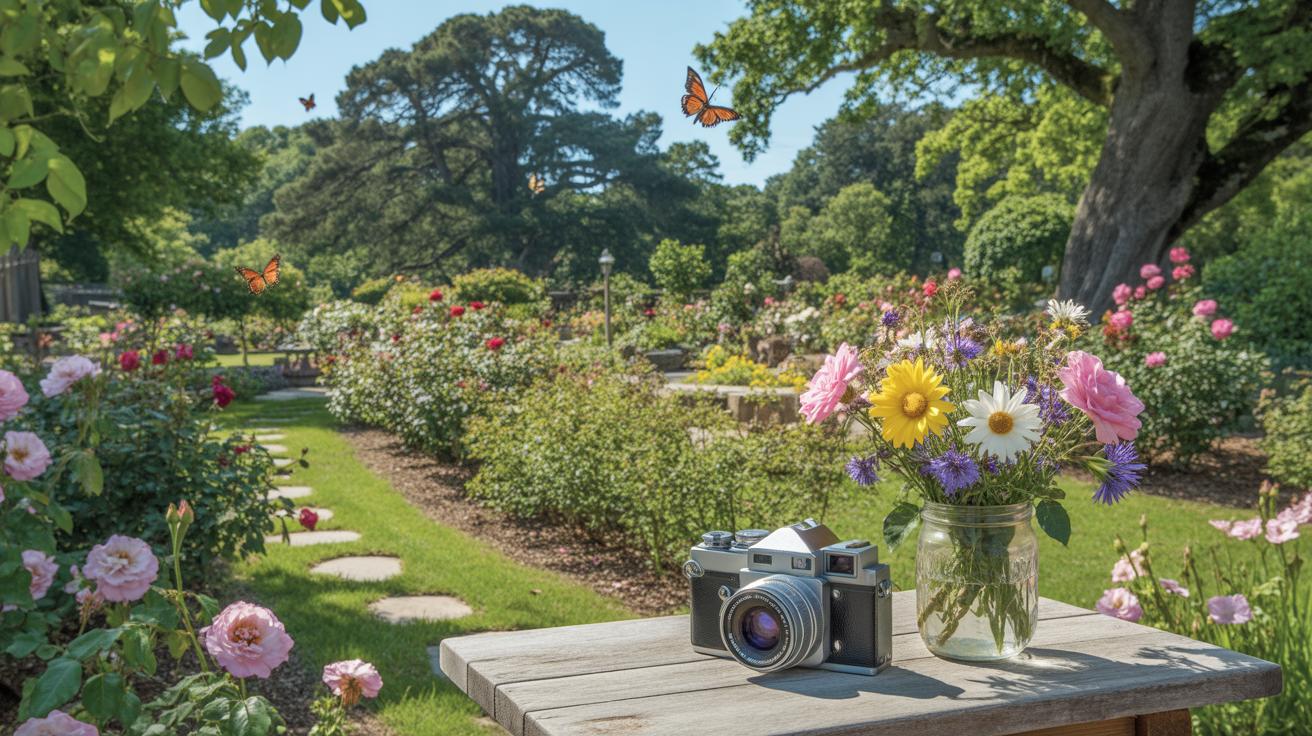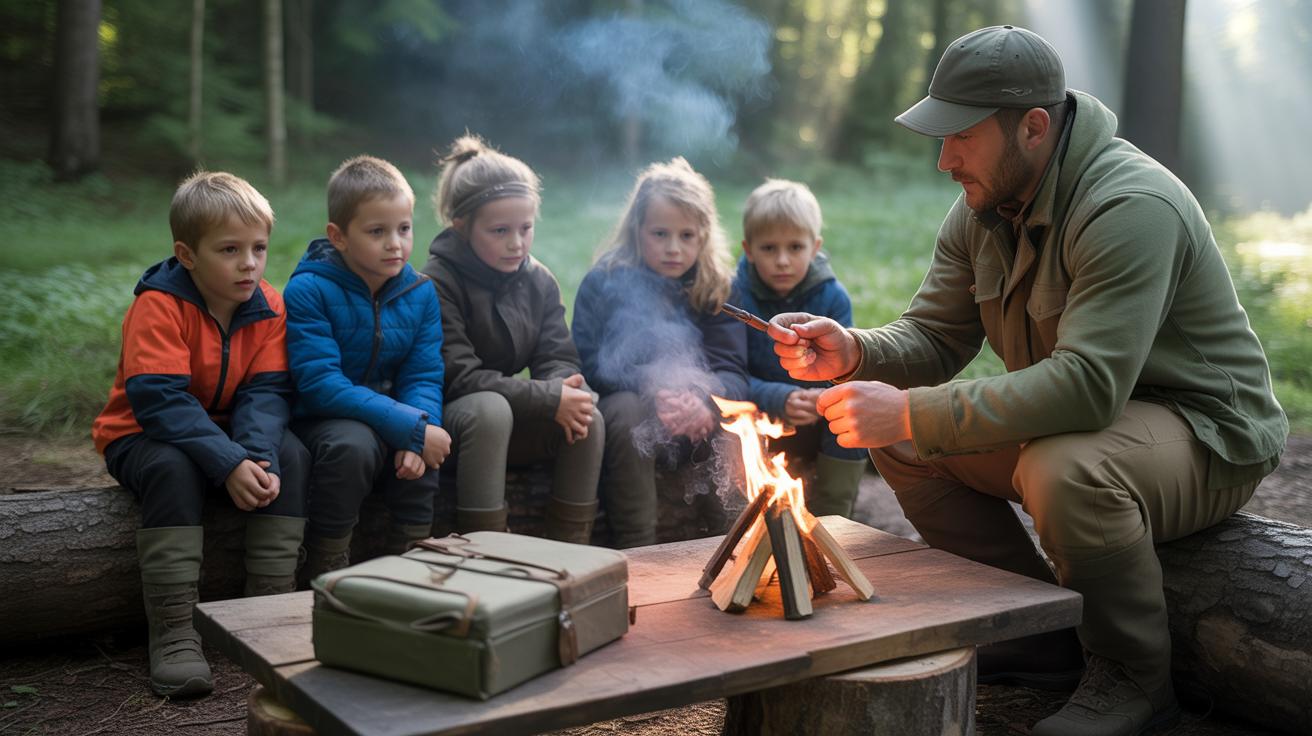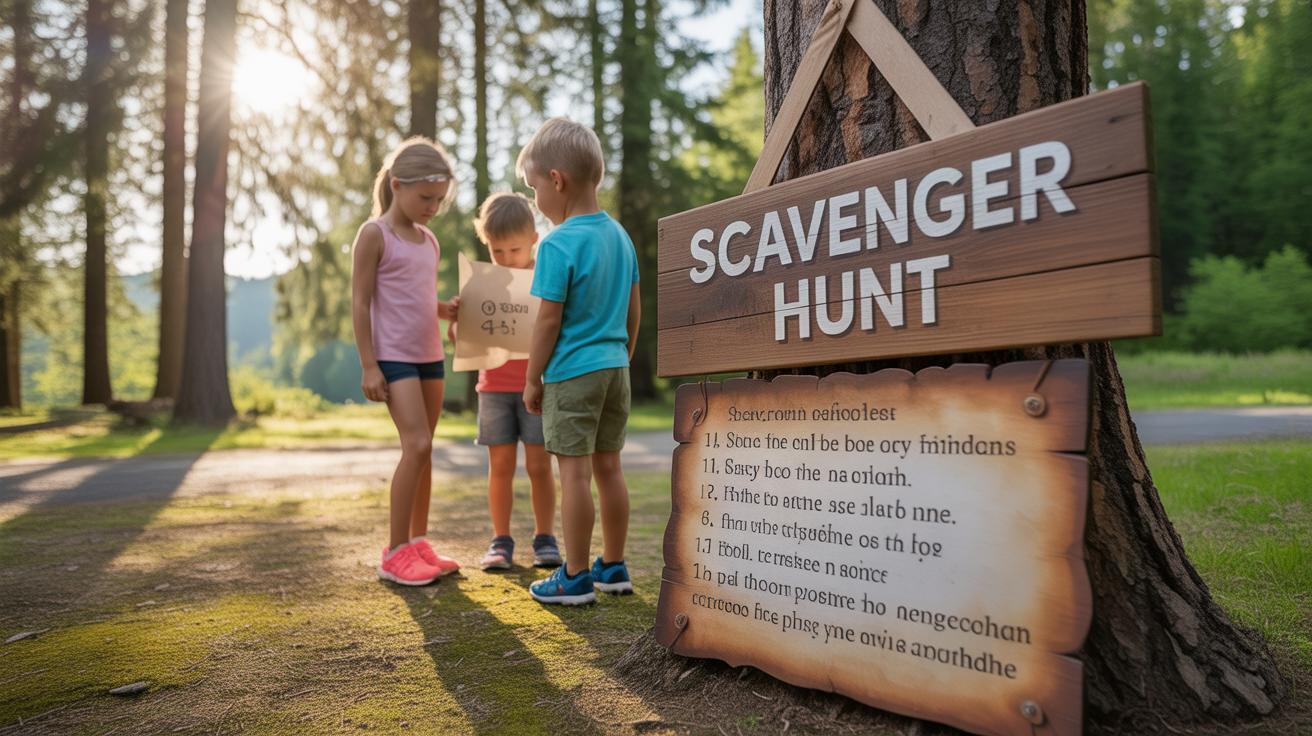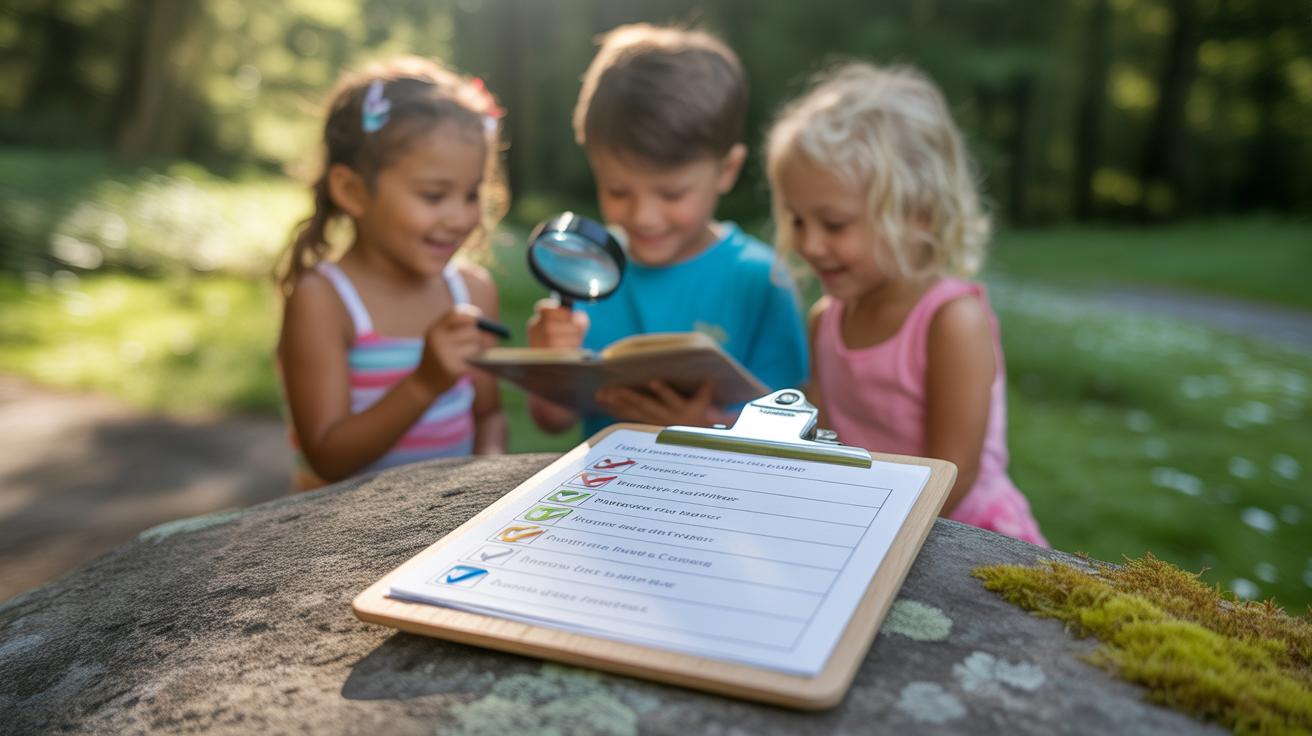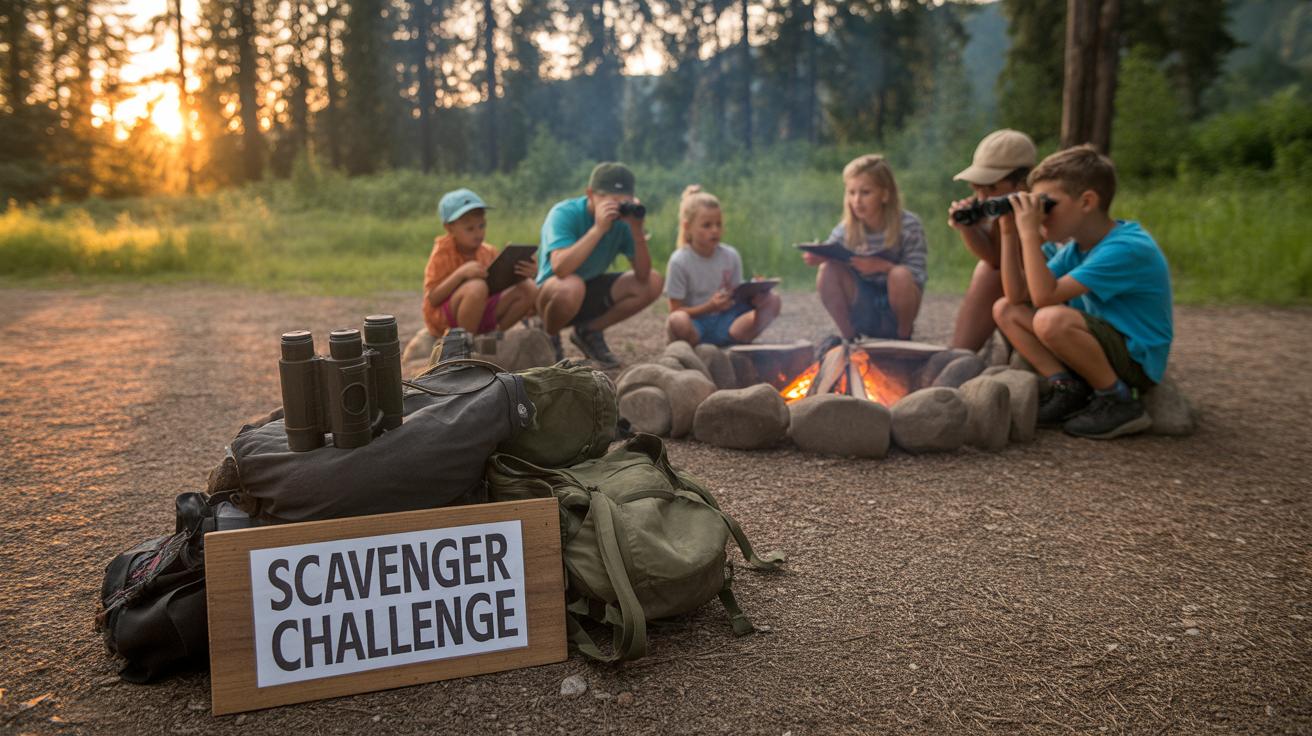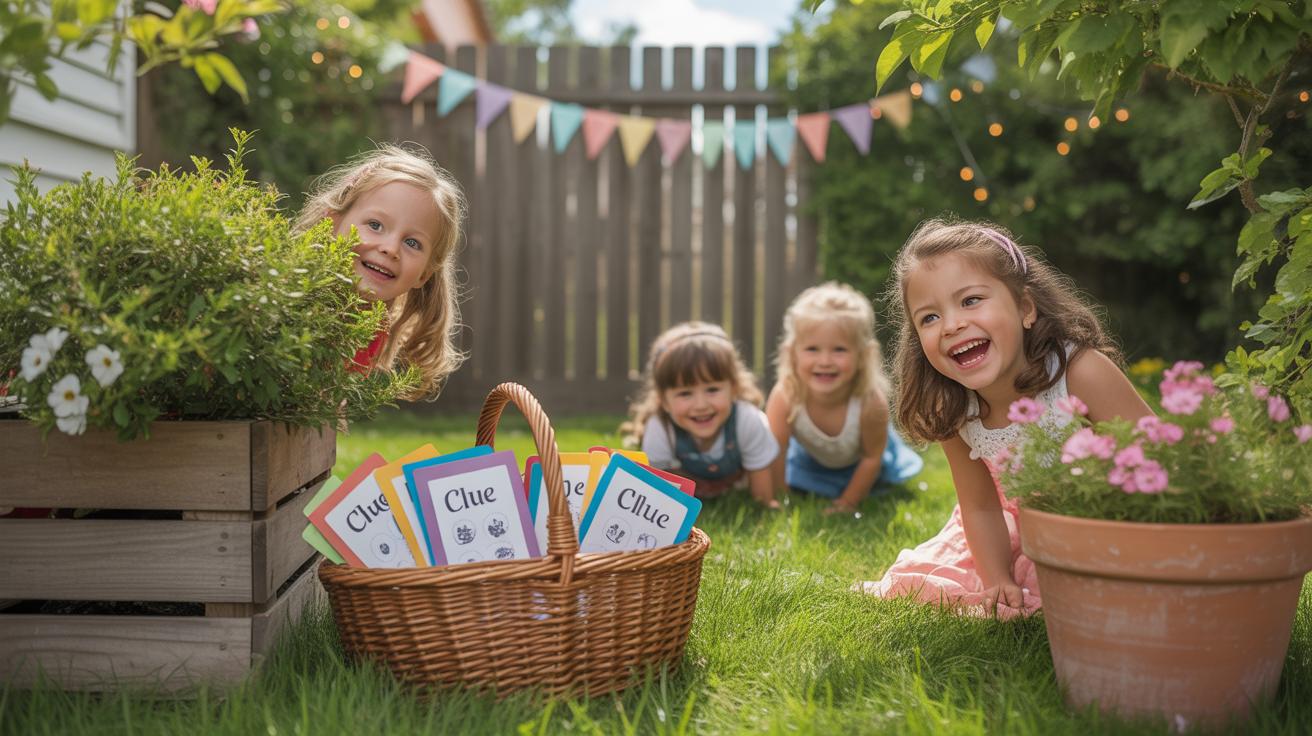Introduction
Backyard games offer a perfect way to gather family and friends, enjoy fresh air, and stay active. Among these, DIY scavenger challenges stand out for their mix of creativity, adventure, and teamwork. These games invite you to craft your own lists and clues, making your outdoor time not only fun but also engaging and unique each time you play.
In this article, you will discover how to organize exciting DIY scavenger hunt challenges and other backyard games suited for all ages. You’ll learn practical tips to create memorable experiences, encourage participation, and enjoy your backyard like never before.
Setting Up the Game Area

One you have your theme and list ready, the next step is to shape your backyard into an inviting playground — one that balances challenge with safety. The space itself really sets the tone, so take a walk around and think about what spots might be perfect for hiding clues or items. Maybe that old tree with low branches, or the flower bed that’s out of plain sight. Sometimes the obvious places might be too easy, so try mixing in a few less expected locales.
Clear away anything that could trip up players or cause frustration. For example, if there’s a patch of thorny bushes or loose garden stones, move those out of the way. You want people to focus on the hunt, not dodging hazards or getting stuck. You could also create simple markers, like flags or small signs, to help guide players without giving too much away. But don’t overdo it — part of the fun is that healthy uncertainty.
Think about how many players you expect and how they’ll move through the yard. Space out the clues or items so they don’t bunch up in one area. If your backyard has multiple distinct zones like a patio, sandbox, or shed, distribute the challenges among them to keep the game interesting. A question I keep asking myself: are players encouraged to explore everything, or will they just stick to one familiar corner? Adjust the layout accordingly.
Lastly, take a moment to test the setup from a player’s perspective. Walk through the hunt as if you were searching for each item or clue. It often reveals small adjustments needed you wouldn’t notice otherwise. Maybe a hiding spot is too invisible or a pathway too narrow. Adjust until it feels balanced—not too easy, not frustratingly hard.
Safety and Accessibility
Safety should be one of your main concerns, but it’s not just about removing sharp objects or holes. Make sure the terrain isn’t slippery or too uneven. If you have younger kids or people with limited mobility joining, consider adding ramps or smoothing out rough patches. You might think that grass is soft enough, but some spots could be muddy or bumpy and cause falls.
Also, have some basic first-aid items within reach—nothing fancy, just bandages or antiseptic wipes. It feels better knowing you’re ready if a small scrape happens. And think about the shade—especially on warm days, a shaded rest spot close to the activity is more crucial than you might expect.
Organizing Game Stations
Breaking your backyard into distinct stations can make the game less chaotic and more engaging. For example, one area can be dedicated to clue searching, another to small challenges, maybe even a rest zone with snacks. Using simple signs or flags to mark these spots helps players navigate without confusion. Sometimes using different colors or symbols can keep the theme interesting.
When I set up stations once, I noticed it made the game feel almost like a mini adventure through different “worlds.” Players liked having a goal in each space rather than just wandering aimlessly. Just be careful not to overload too many stations—you want flow, not frustration.
Rules and Guidelines for Fair Play
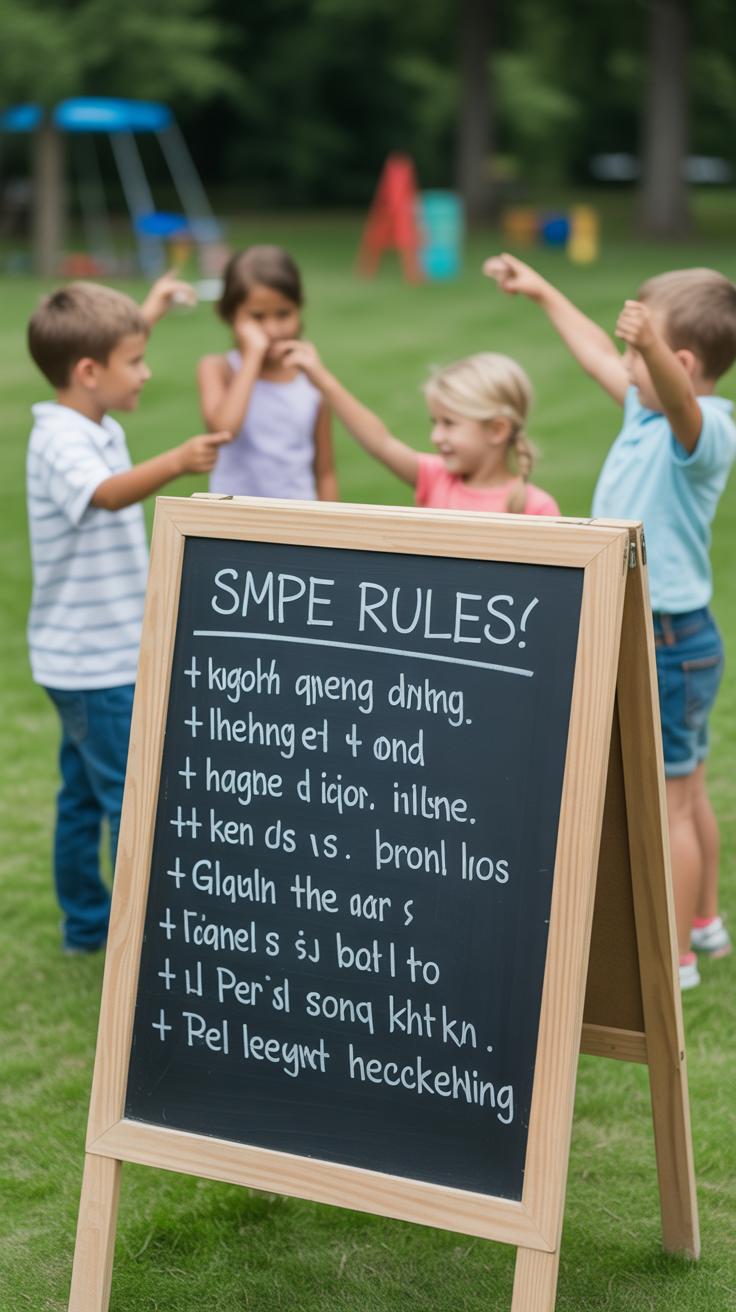
Keeping backyard games fair and fun can sometimes be trickier than you’d expect. Simple, clear rules help everyone know what’s allowed and what isn’t, which actually stops most arguments before they start. For example, saying upfront, “No running past the boundary line,” or “Each player gets one turn per round,” gives everyone a clear target to follow.
Basic rules to keep in mind usually include:
- Take turns honestly and wait patiently for your chance.
- Respect the boundaries or zones set for the game.
- Keep the focus on fun, not just winning at all costs.
- Listen to the group deciding on any rule tweaks before starting.
What happens when someone bends the rules? Well, it’s usually better to pause, talk it through, and remind everyone why fairness matters here. Calling out cheating with calm questions like, “Did you mean to move twice?” avoids escalating tensions. If someone’s really upset, taking a short break or involving someone who wasn’t playing to help judge can smooth things over. Sometimes it feels awkward, but addressing issues calmly keeps the game going. After all, no one wants a sour mood hanging over the fun.
Classic Backyard Games to Try
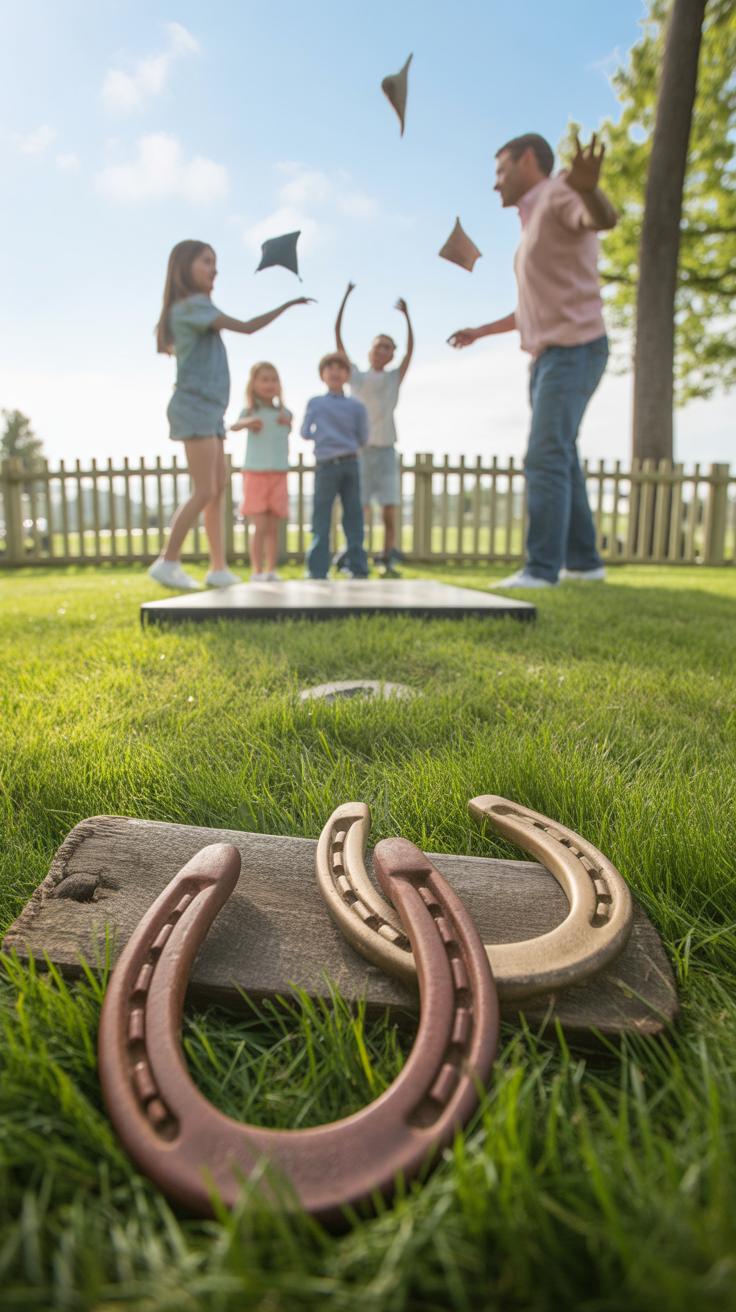
When you think about backyard games, the classics almost always come to mind first. They tend to need very little gear, which makes them easy to set up no matter how many people show up. Take games like hide-and-seek, kickball, and horseshoes—you just need a bit of open space and a few simple items.
These games also stretch well to different group sizes. A small group can enjoy a tight game of hide-and-seek, while kickball can handle larger teams and keeps everyone moving. Tag games, for example, only require boundaries and imagination, and they work regardless of age or skill. What I like about these classics is their simplicity. You don’t have to fuss over complicated rules, and they naturally bring out laughter and excitement.
Tag Games and Variations
Tag is one of those backyard staples that almost everyone knows. But did you know there are quite a few ways to vary it? Instead of just the basic “touch and chase,” try “freeze tag,” where you have to freeze when tagged until a teammate unfreezes you. Or “shadow tag,” where players tag each other’s shadows—this one needs sun and quick feet.
Backyards often limit space more than parks, so think about adjusting the boundaries or setting safe zones. Tag can be surprisingly strategic here—perhaps add “safe bases” where players can rest briefly. The game’s fast pace keeps kids engaged and provides a good run without needing anything beyond the players themselves.
Ball Games for Active Fun
Simple ball games serve as excellent options for backyards, encouraging physical activity without overcomplicating things. Think about games like dodgeball, catch, or four square. Each has just a single ball and some basic rules, making them friendly to all ages.
Four square is especially handy—you can draw the court on with chalk or use tape, and it’s easy to change the game’s pace by adjusting the rules slightly. Dodgeball works well too, as long as you keep it light and fun. Just remember, the goal is movement and engagement, not competition alone. Even a casual game of catch can bring people together—sometimes the simplest routines bring the most smiles.
Creative DIY Game Ideas
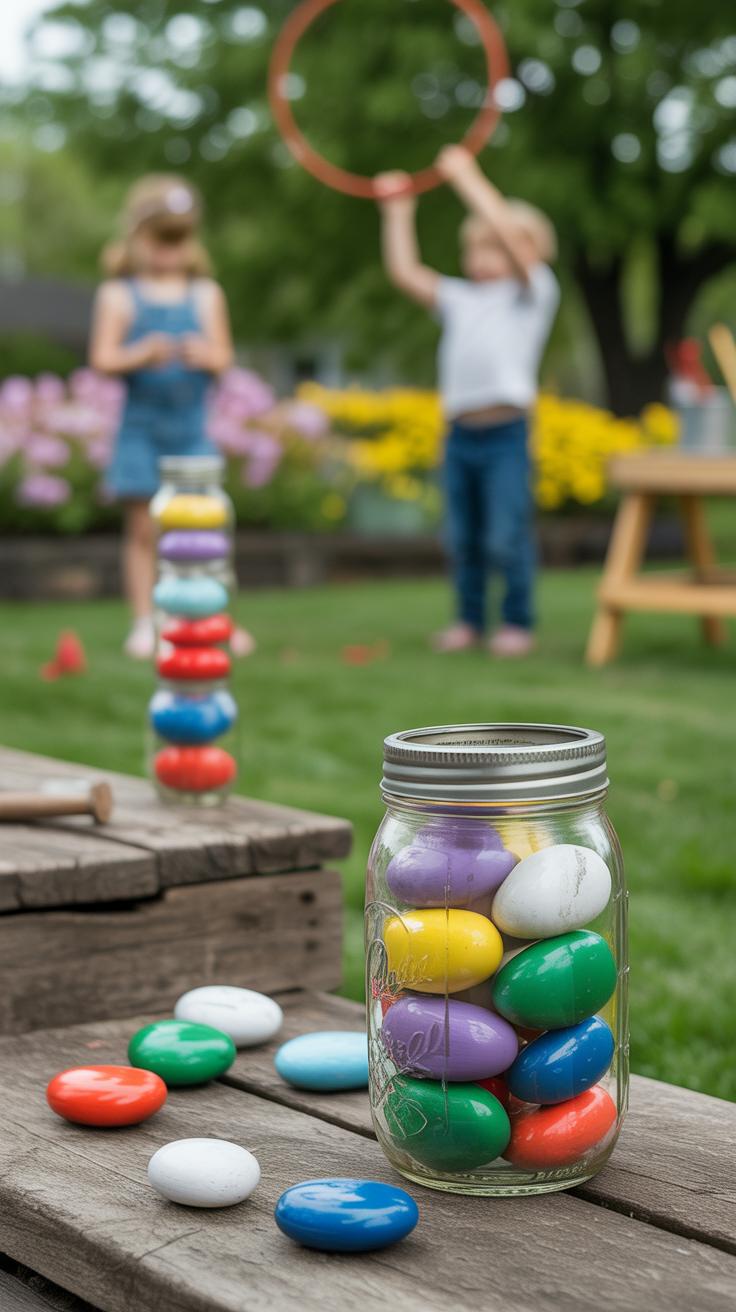
Sometimes, the simplest materials spark the most entertaining games. Look around your home and yard—old socks, empty cans, sticks, even stones can become game pieces or parts of a bigger challenge. For instance, you could turn an empty cardboard box into a tossing target or line up plastic bottles as pins for a backyard bowling setup. The charm lies in making these props yourself; it feels a bit like inventing a new kind of play.
When crafting your game props, think about things you can reuse as components. You might paint colorful rings on old paper plates for ring toss, or create puzzle pieces from scrap wood or thick cardboard. Try constructing a mini obstacle course using ropes tied between trees or jumping spots marked by stones. These don’t have to be perfect—the quirks add to the fun.
Mixing elements from different games often leads to fresh ideas. What happens if you combine a scavenger hunt with an obstacle course? Or add a relay element to a simple throwing game? Sometimes these hybrids don’t work perfectly the first time, but tweaking the rules together with players encourages creativity and keeps everyone engaged. Have you ever thought how your favorite game might change if you simply added a time limit or a tricky twist?
Not every new idea will stick, but giving it a try is part of the joy. Your backyard could be the birthplace of a family classic nobody expected—because every game starts with a little experiment and a lot of laughter.
Engaging Younger Children
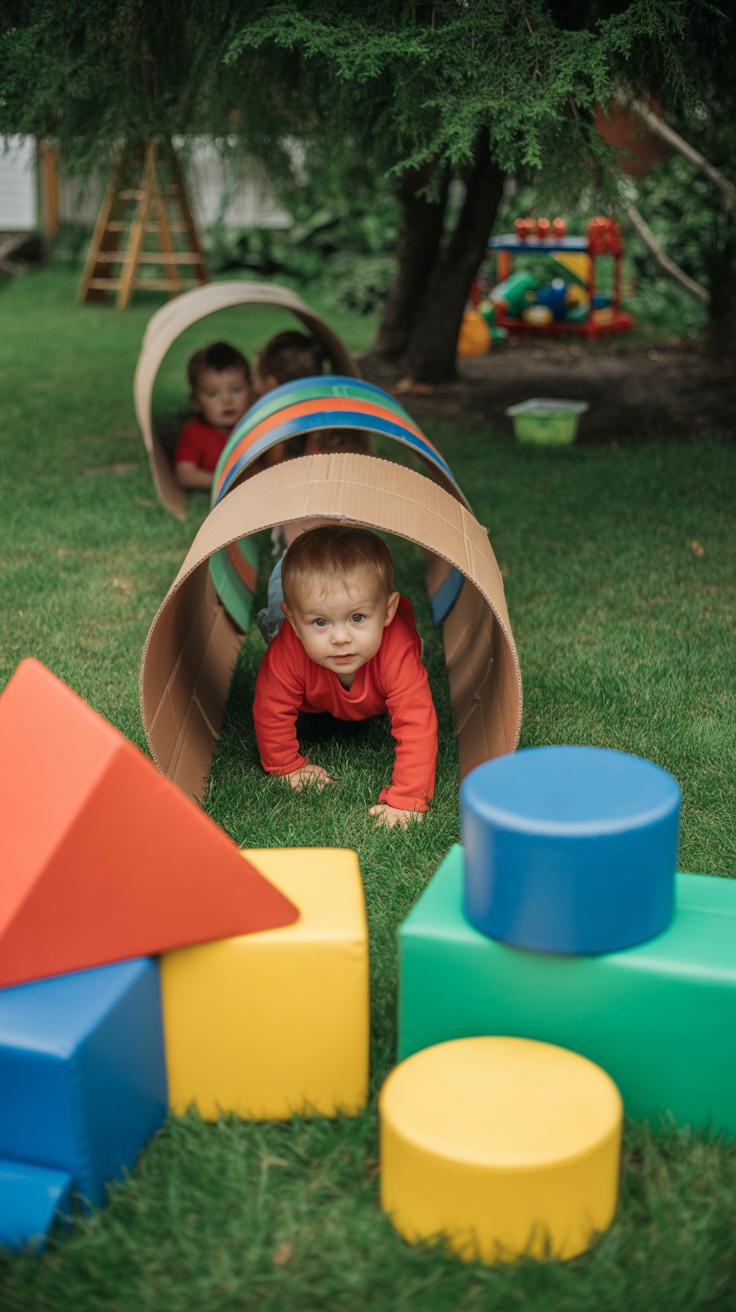
When planning backyard games and scavenger challenges for younger kids, you’ll find it helpful to adjust both the clues and the tasks to suit their shorter attention spans and developing skills. Kids this age can get overwhelmed or bored if things get too complicated or drag on too long.
Simplifying clues means using clear, direct language. Instead of riddles or complicated hints, try pictures, colors, or familiar objects. For example, a clue might say, “Find the red ball near the tree,” rather than something vague. Tasks should be short and doable—like picking up a single leaf or spotting a specific flower. Avoid steps that require fine motor skills they haven’t mastered yet, unless you’re ready to lend a hand.
Keeping children interested often calls for mixing things up. Offering small rewards throughout, like stickers or choosing the next game to play, can keep excitement alive. Switch between active searching and quieter activities, so kids don’t get restless. I’ve noticed that sometimes kids just need an unexpected twist or a quick break to stay engaged, so don’t hesitate to change the pace if you see some wandering eyes.
Have you tried involving a little storytelling with the scavenger hunt? That can hold their attention better than just ticking off a list. You might wonder if they lose focus quickly—is the game too long? If yes, consider shortening it or adding something fun like a dance or a silly challenge between clues. Balancing simplicity with variety seems to work best.
Involving Adults and Teens
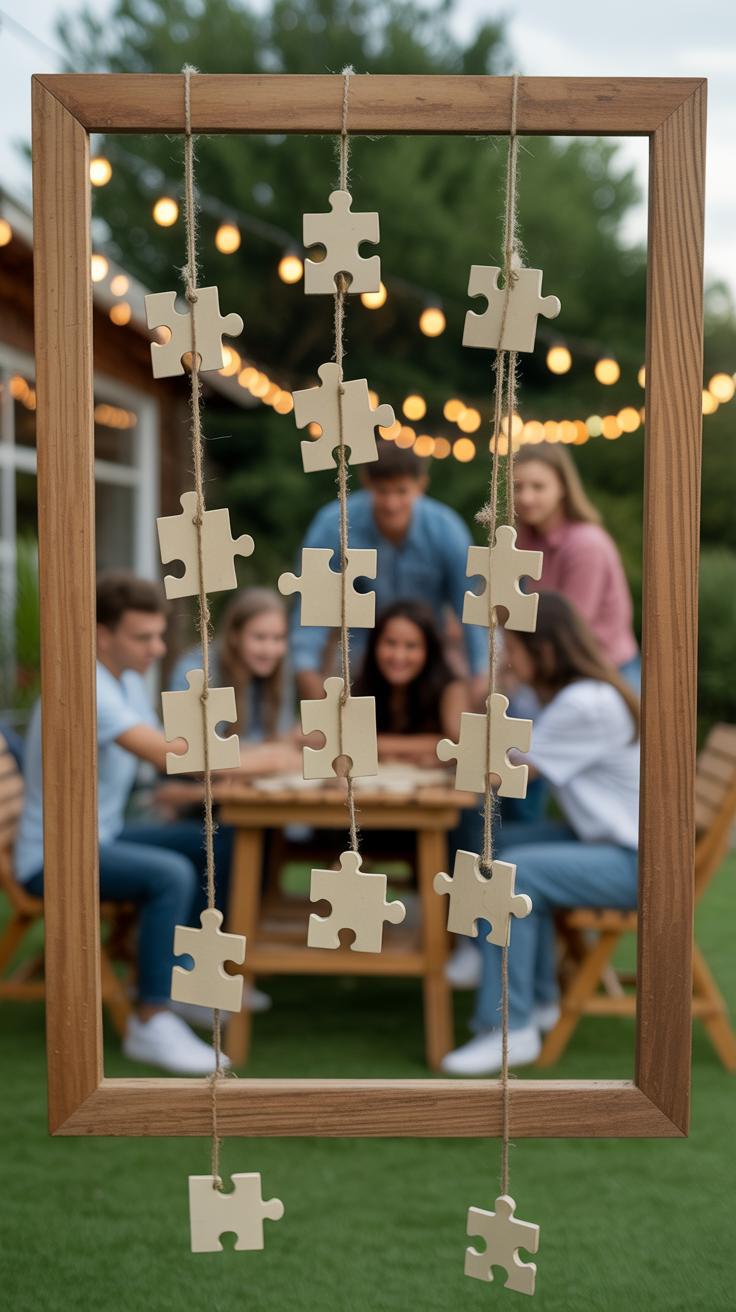
Getting adults and teens involved in backyard games can be a bit tricky. They tend to want something more challenging or competitive than kids usually need. So, tweaking the games to keep them engaged often means raising the stakes a little—or a lot.
One way is to add scoring systems. For example, give points for finding certain items faster or completing tasks with fewer hints. Timed challenges work well too—set a clock, and let everyone race against it or each other. It makes the game feel more urgent and keeps the adrenaline up.
But it doesn’t always have to be about competition. Some tasks can encourage teamwork among different ages. You might set up challenges where teens guide younger kids or adults partner with children to solve riddles together. Maybe a puzzle that only gets solved when two teams share clues. Those moments where cooperation is necessary can change the whole vibe.
Have you noticed that adults often surprise you with their creativity once they loosen up? Sometimes it’s about the right mix of challenge and collaboration, not just who wins.
Using Technology to Enhance Games
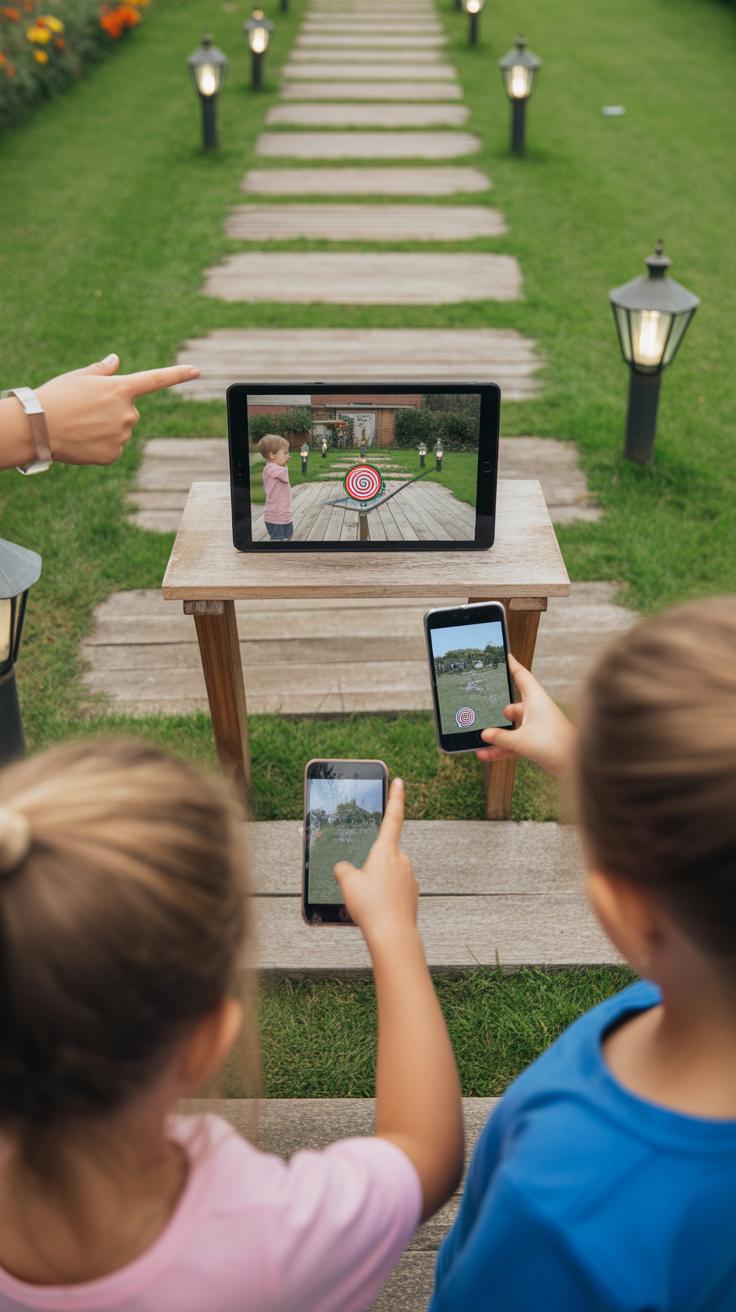
Smartphones and cameras have quietly become some of the best tools for backyard scavenger challenges. With just these simple devices, the nature of the game shifts. Instead of gathering physical items that can get lost or dirty, players snap photos of things or actions. This keeps the energy high and the mess low.
Photo scavenger hunts work well because they rely on creativity and quick thinking. You might ask players to capture “something blue,” or “a funny face,” or even “a team member balancing on one foot.” The photos become proof and a way to share laughs afterward. It makes the hunt feel more interactive and personal, especially since everyone has their own perspective behind the lens.
Several apps help you run these games smoother. Some track scores automatically, others let you send clues directly to players’ phones, or even organize teams visually. Apps like GooseChase or Scavify are popular for this—it’s like having a game master in your pocket. Yet, it’s easy enough to use a group chat or shared photo album for simpler setups. The tech doesn’t have to be fancy; even a timer app makes a difference. What sometimes surprises me is how these small touches keep players engaged longer—maybe because it feels more modern, or just more fun.
Preparing for Different Weather Conditions
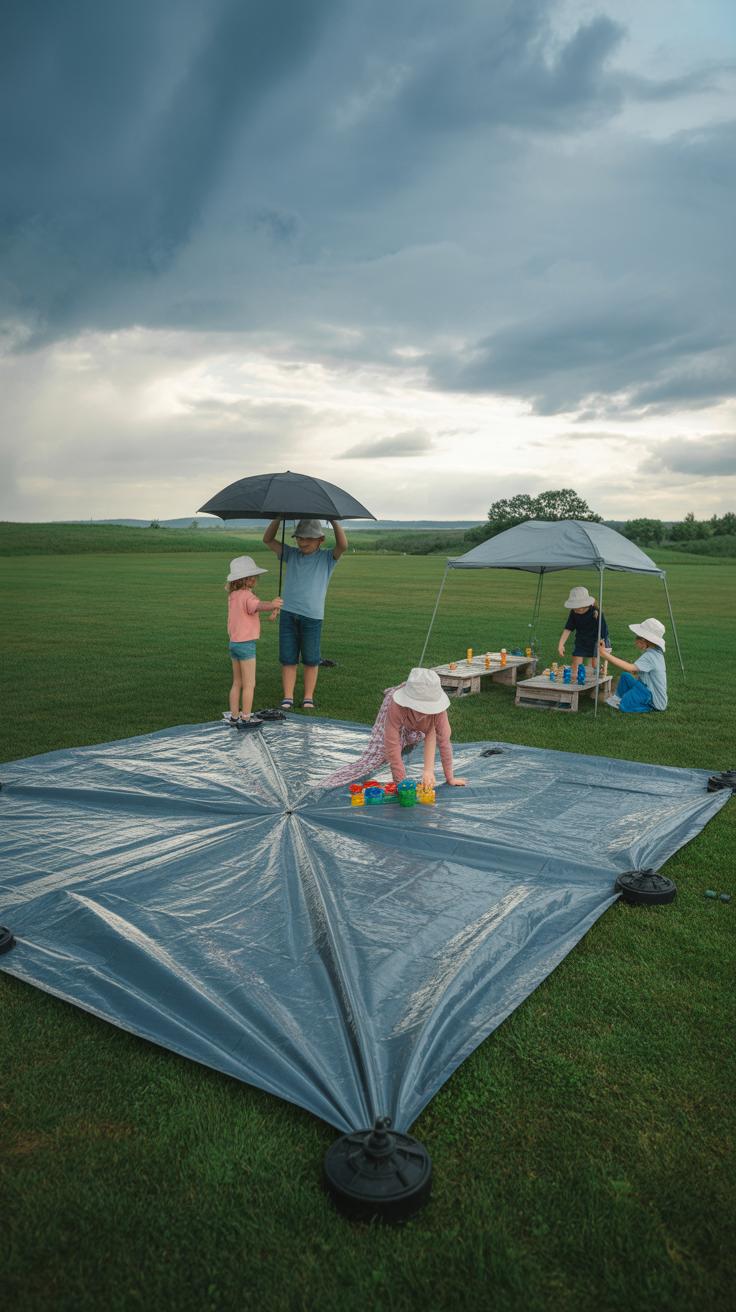
Planning backyard games means thinking beyond just the perfect sunny afternoon. Weather can change—sometimes unexpectedly—and having a few options ready keeps the fun going no matter what. For sunny days, games like water balloon toss, relay races, or even classic Frisbee work well. But sun safety is a must: make sure everyone wears sunscreen, hats, and stays hydrated. It might seem obvious, but people often forget to take breaks in the shade or drink enough water when caught up in the excitement.
When the weather cools or rain clouds roll in, don’t toss out your plans completely. Some games can be adapted—like moving a scavenger hunt indoors, or switching from running around outside to a timed tabletop puzzle contest. Card games, charades, or hide-and-seek in larger indoor spaces can keep energy high. It might not be quite the same as fresh air, sure, but it beats canceling. Sometimes, it even sparks creativity in how you rearrange your space or adjust the rules.
Trying to prepare for every scenario might feel like overkill. Yet, having a flexible mindset about where and how to play makes backyard games something you can count on—rain or shine. What’s your go-to switch when weather interrupts your plans? Maybe it’s time to test out a few indoor twists just in case.
Encouraging Regular Outdoor Play
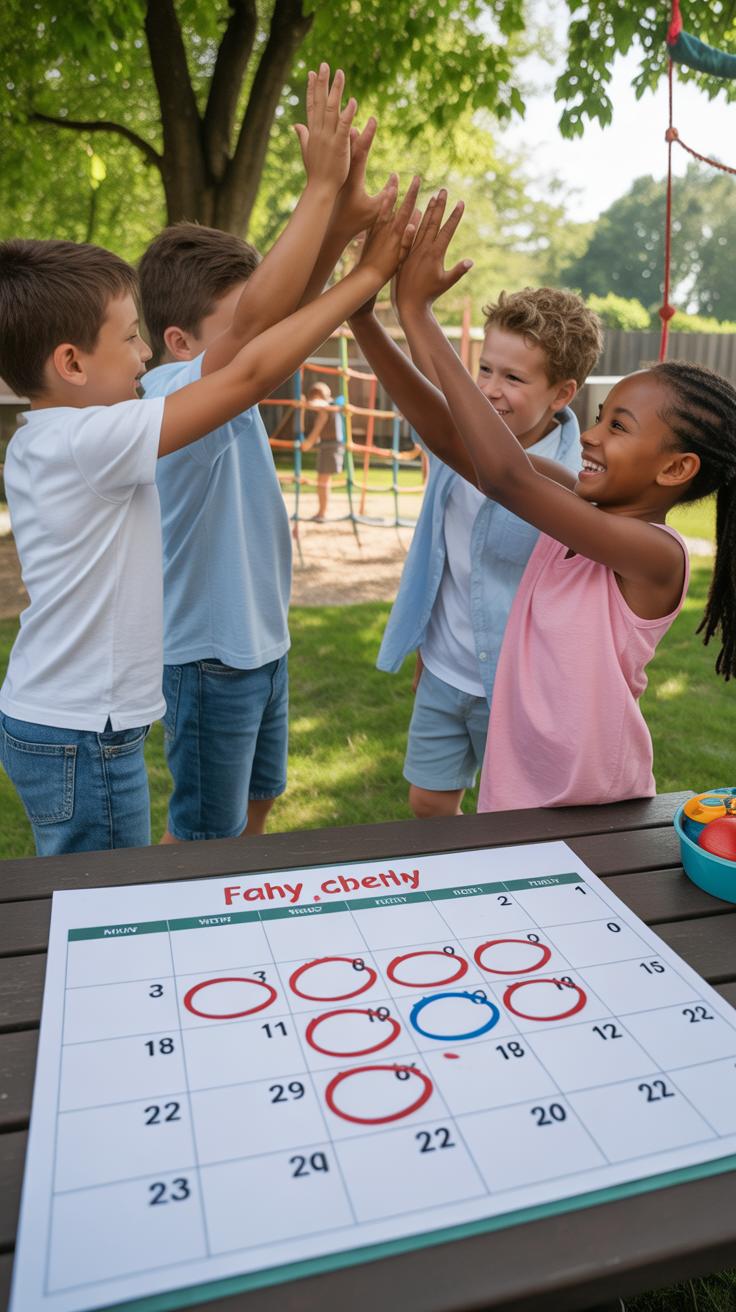
Getting into the habit of playing games outside can be tricky, especially when screens and indoor distractions pull harder than the fresh air. Still, setting a specific time each week for backyard games helps make it a part of your family’s rhythm. It doesn’t have to be long—maybe 30 minutes after dinner or a quick weekend morning session. What matters more is consistency than length.
One way to keep everyone engaged is to mix up the types of games, so it doesn’t feel like the same routine grinding away. Maybe one day is a treasure hunt, the next a relay race, or something silly like a balloon toss. Even involving family members in planning can boost interest—kids especially like feeling in charge of which challenge comes next.
Invite everyone’s input and be flexible. Some days, energy runs high, and competition rules. Other times, you want something calmer that still gets you moving. It’s less about mastering a game and more about sharing moments together outdoors. Have you noticed how even the busiest families find time when it’s something they genuinely enjoy? That’s the trick.
Conclusions
DIY scavenger challenges and backyard games bring joy and togetherness to your home environment. By planning simple yet stimulating activities, you can turn any outdoor space into a playground of adventure and learning. These games promote physical activity, problem-solving, and bonding among players.
Your backyard is a treasure trove waiting to be explored through these games. Use the ideas and practical steps shared here to design your own backyard fun that keeps everyone entertained, active, and connected without needing complicated setups or expensive gear.





